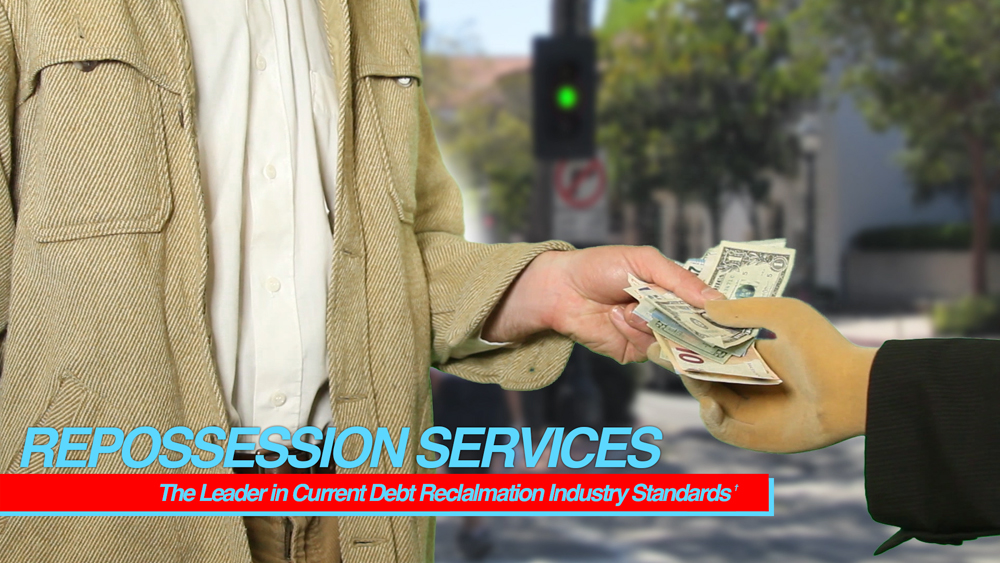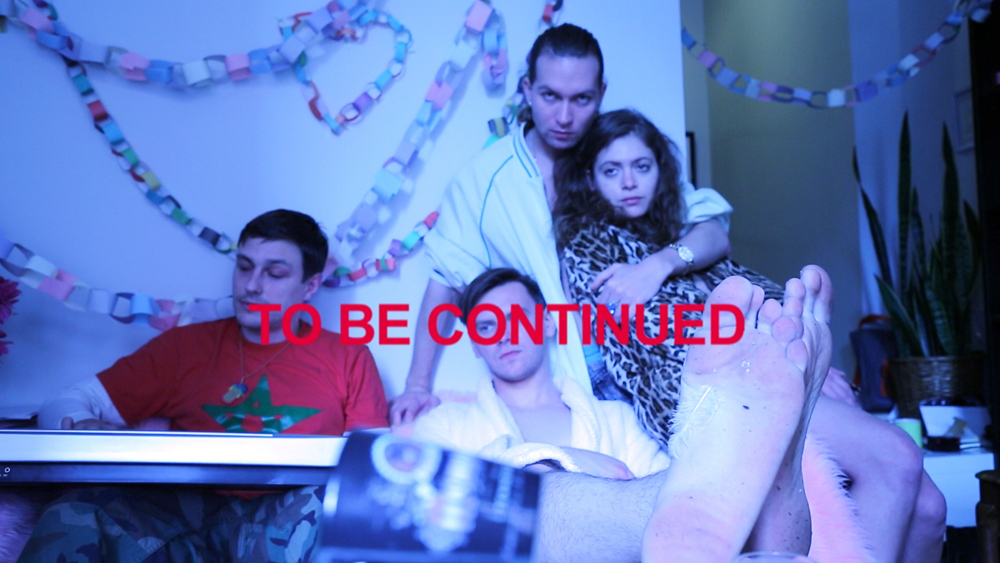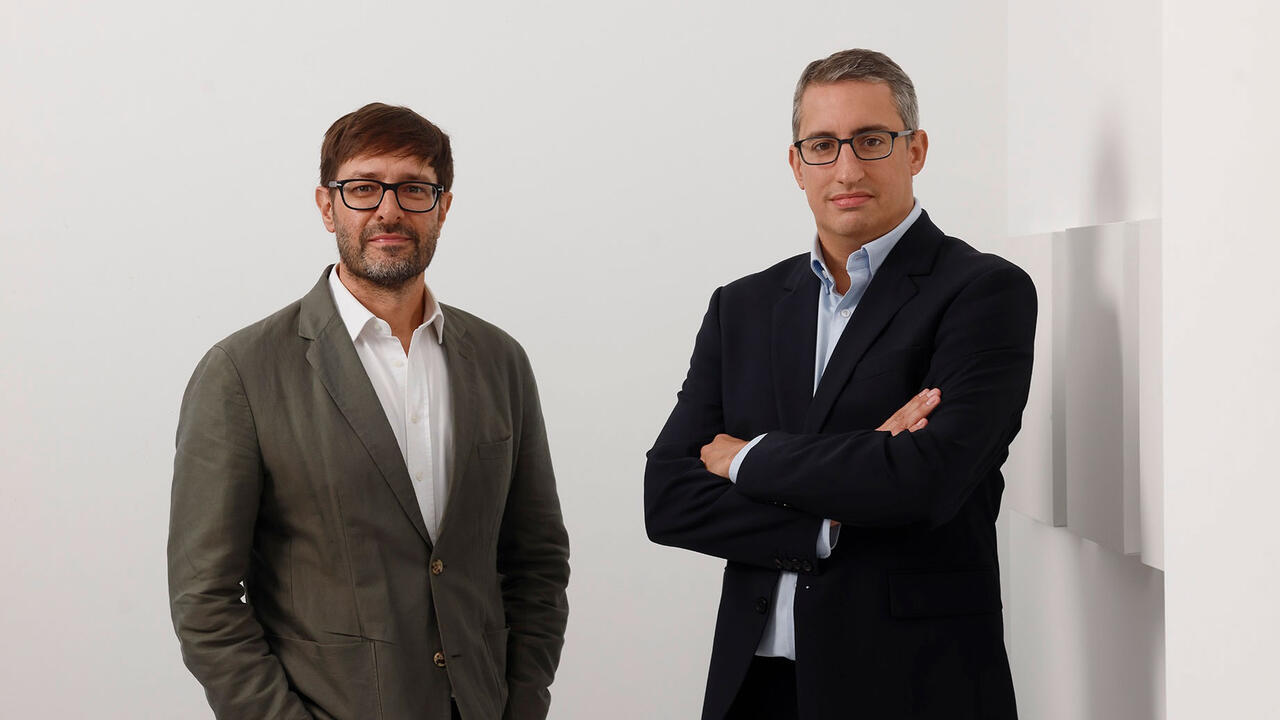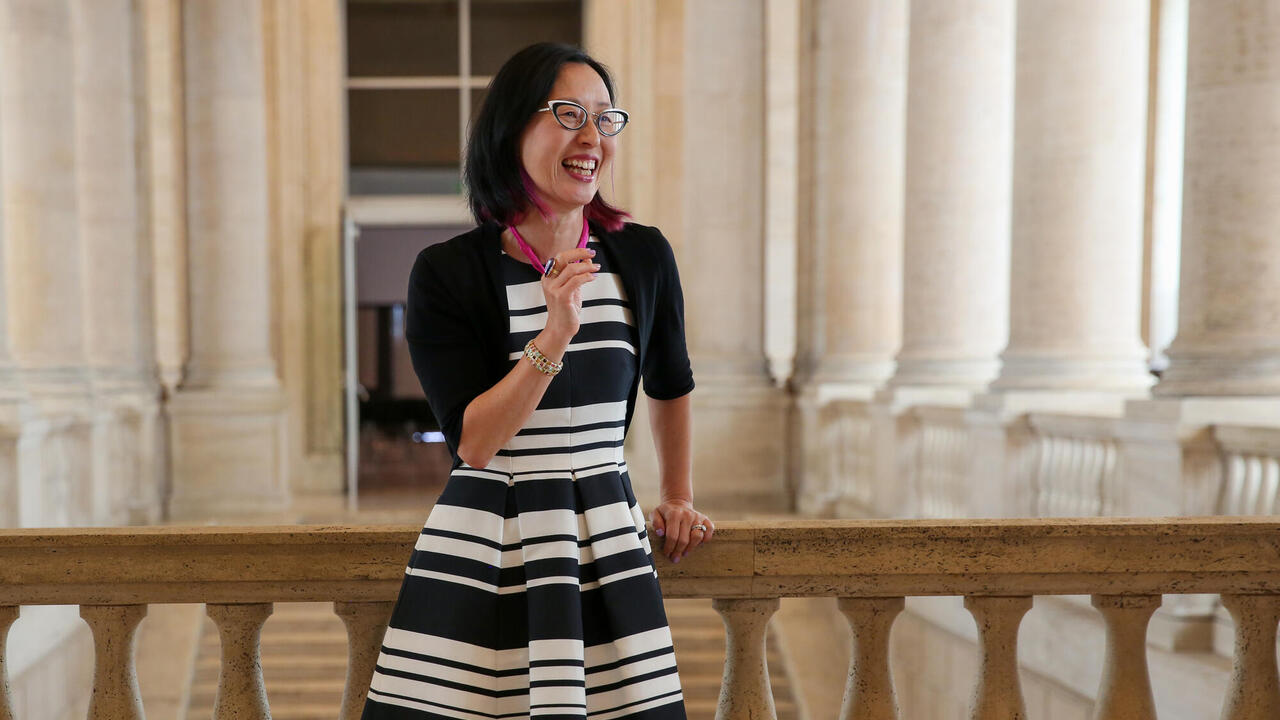Conglomerate TV
Sol Calero and Christopher Kline talk about their collaborative project, Conglomerate TV
Sol Calero and Christopher Kline talk about their collaborative project, Conglomerate TV

Paul Teasdale What was the motivation behind Conglomerate TV?
Sol Calero We run a space in Berlin called Kinderhook & Caracas, and this year we decided that we wanted to focus on one big project rather than programme individual exhibitions. We were thinking of how to expand our reach outside of the gallery, since nowadays more people see the documentation of a show than the show itself. It sometimes feels like you're setting everything up just to get a photo. So we thought, why not make the ‘real thing’ exist on the screen itself? Put the primary source in everyone's homes.
From an artist’s perspective, we liked the idea of a conglomerate, a kind of collective, and were thinking how we could do achieve that with three other artist-friends who we’ve worked with before: Ethan Hayes-Chute, Derek Howard and Dafna Maimon. Each of us has a very specific way of working. For example, Derek is trained as a filmmaker and the rest of us come from an art background, so we saw that we could all help each other.

PT How collaborative is the commissioning and filming?
SC At the beginning we would bring our own individual ideas to a group discussion, so there was always a collaborative aspect. Inviting other artists to contribute is the more curatorial aspect of the project, the one that we all take part in.

Christopher Kline Each of the shows in the first ‘block’ came about quite differently, depending on the situation.
For Sol’s recent show at David Dale Gallery in Glasgow, she designed a multi-room installation that also functioned as the set for a telenovela: Desde el Jardín. Dafna and Sol wrote the script and directed it together, Derek did the cinematography and Ethan and I helped with the filming. That was really collaborative, we spent ten days together in one space to bring the project to life.
Some shows are made in smaller constellations. For example, The New Domestic Woodshop was made by Ethan and Derek in Ethan’s studio. Dafna’s show Behind the Beast was filmed, again with Derek, in various locations in Berlin, and then voiced by frequent collaborators of Dafna’s in her kitchen. Telethon, which is more like the mortar between the bricks that keeps a kind of narrative running throughout the block, was directed by everyone, and needed a lot of extras and ‘talent’, so that was the most collaborative.
With the new shows that Derek and I are each directing for block two, there are already different kinds of collaborations happening and we’re always trading hats. I have people singing and doing voice-overs for The O.K. Show, which is a musical.

PT Who decides the running order?
SC It’s a very long conversation!
CK Five of us have to agree.
SC We also have meetings to decide which artists we’re going to invite. That part’s easy to agree on in some ways, because everyone has really good lists of artists they like. We’re good filters for each other.

PT Is the plan to include artists you haven’t worked with previously?
CK With the artists we’ve included in the first block – Keren Cytter, Constant Dullaart, Christine Hill and Jeremy Shaw – they trusted us because they know us. But yes, in the future, for sure.
SC We don’t want it to be a platform just for friends. One of the reasons we’re doing it is because we want to meet new artists and engage with people that we don’t know, inside and outside of Berlin.

PT The telenovela and the telethon are standard TV formats. What was the interest in playing with those kinds of structures?
CK We wanted to try to stick to formats used by typical TV networks in order to differentiate Conglomerate TV from any other ‘video art’ hub; we’ve tried to integrate different artists and practices through a narrative structure that people understand, though perhaps to varying degrees. For instance, telenovelas are soap operas that are culturally specific to Latin America, while the telethon is a very North American phenomenon. Initially we thought it was a global format, but once we started developing the show people began telling us: ‘I don’t know what the hell this is.’
Since the ’70s it’s been popular to skewer TV show formats, so we’ve tried to avoid just doing that. It’s part of why we decided not to make a standard talk show, for example. There are so many spoof talk shows already, and you can’t really spoof a spoof, so we’re trying to find ways to utilize some of these formats and fit them to our specific needs and desires, without being obvious.

PT Was there a specific artistic inspiration behind using TV?
SC I guess the main inspiration for Conglomerate doesn’t come from one specific source. It comes from both this idea of collaboration and from trying to come up with interesting things to do with our space. In this case, using it as the headquarters and set of a TV station. It felt like a natural progression; to build on what we've been doing for the last 4 or 5 years…
CK Recently we’ve both started working on larger scale projects in our own practices: I’m working on a musical and Sol’s doing large-scale installations around social issues, so naturally we both started thinking about the film industry, the way people working on a film are credited and the way roles are divided. In art it can be so much about the singular artist and their identity. Often when you see a big production you know that the artist couldn’t have possibly made even half of what’s in the show, but all the other people go uncredited in the long-run; they become sort of ‘silent partners’ by default. You get this very lopsided phenomenon in art where all the attention and capital goes towards those people best at branding themselves and the others disappear completely.
On the surface, TV is explicitly branded, but it’s also made by large groups of people working together. It can really transcend a single identity and become more about the project and the content – though not always, of course.

PT How many more blocks are you planning to release?
CK Initially we're releasing six blocks, which will make up ‘Season One’. Seasons are divided into blocks, and blocks are made up of shows that we produce, some of which have multiple episodes across the entire season, along with artist contributions and artist-advertisements that further add to the TV structure. As we near the end of Season One, we'll evaluate what Season Two might be like and how many blocks we're capable of. We’re also thinking of having guest-curated blocks by other project spaces, ideally not based in Berlin. For example we’re talking with SALTS in Basel about them programming a block.

PT With the amount of video content online do you feel there is still the possibility to use TV as a disruptive element?
SC It’s tough. None of us actually watch ‘real TV’ anymore, but we were interested in what TV would be like if we could control what people watch for at least a limited amount of time, and what the art that we admire and make would be like if worked into that format. We’re not trying to reinvent TV; we’re borrowing from an existing form. As opposed to the online TV experience people generally have today, where they choose exactly what they want to watch, we want to suggest a curated block of content that can be digested in one go. It’s not the same as clicking through YouTube.
CK I think that all artists, no matter what level they’re at, will at some point feel that they’re losing control of their practice within the structures of the art world. So if you have something that you can control all aspects of – the commissioning, production and distribution, even the press – then that’s liberating. That’s why I think that there should be even more artist-run initiatives, so that artists can take back some of the infrastructure. With the TV station it’s similar. Form your own group, put yourself with people that contextualize your work and have ideas you like: that’s one way of taking back control.

PT How will you determine whether the project is a success? Is it more about that collaborative process or are you interested in how it’s received?
SC It’s already been successful in terms of collaboration. We’ve worked in new ways, learnt a lot and worked with great people, and that will keep developing. Now we’re mostly looking for ways to make it sustainable. We want people to enjoy the project, enjoy working with us, and to stretch all of our practices in new directions.
CK We’re definitely interested in taking it as far as we can, but whether that means keeping it totally self-produced or working with established, ‘real’ TV networks, it will only be successful for us as artists if it embodies our vision for it: the shows, the level of quality and the thoughtfulness that’s brought to it. It’s like looking at a painting: when it’s great, you just know; it speaks for itself, and all of the rest just becomes background noise.
Watch Conglomerate TV, Block One here
Sol Calero (born 1982, Caracas, Venezuela) is an artist who lives and works in Berlin, Germany. She is co-director of the Berlin project space Kinderhook & Caracas. Recent solo exhibitions include Studio Voltaire, London, UK (2015) Sala Mendoza, Caracas, Venezuela (2015), SALTS, Birsfelden, Switzerland (2015), Gillmeier Rech, Berlin, Germany (2014); Laura Bartlett Gallery, London, UK (2014). Upcoming exhibitions include Statements, Art Basel, with Laura Bartlett Gallery, June 2016, a solo exhibition at Laura Bartlett Gallery, London, in September 2016 and a solo exhibition, at Kunsthaus Bregenz, Austria, in October 2016.
Christopher Kline (b. 1982, Kinderhook, USA) is a Berlin-based artist and musician who co-runs the project space Kinderhook & Caracas with Sol Calero. He is currently developing O.K., an ongoing project based on the lore of his hometown, realized in the form of an in-process community theatre musical, exhibitions, videos and publications. Recent iterations of O.K. include ‘Natural Instincts’, curated by Samuel Leuenberger at Les Urbaines, Lausanne, CH (2015), ‘(Run Through)’, Arken, Ishøj, DK (2015) and ‘(Dress Rehearsal)’ at KW Institute for Contemporary Art, Berlin (2015). His work is currently on view until July 31st within the exhibition ‘Objects Do Things’ curated by Joanna Zielińska, Centre for Contemporary Art, Warsaw, and in ‘Viaja y no escribas’ curated by Carolina Jimenez opening June 30th at La Casa Encendida, Madrid.
Kinderhook & Caracas is a project space in Berlin run by Sol Calero and Christopher Kline. It is named after their hometowns of Caracas, Venezuela and Kinderhook, New York respectively. For their entire 2016 programme Kinderhook & Caracas has initiated Conglomerate, a collaborative Gesamtkunstwerk presented in the form of a television network, produced in collaboration with artists and filmmakers Ethan Hayes-Chute, Derek Howard and Dafna Maimon. www.conglomerate.tv




















